Revisiting the Oracle years of Barbara Gordon as she blends it with her Batgirl in 2022
Barbara Gordon, Batgirl vs. Oracle - or can she be both?
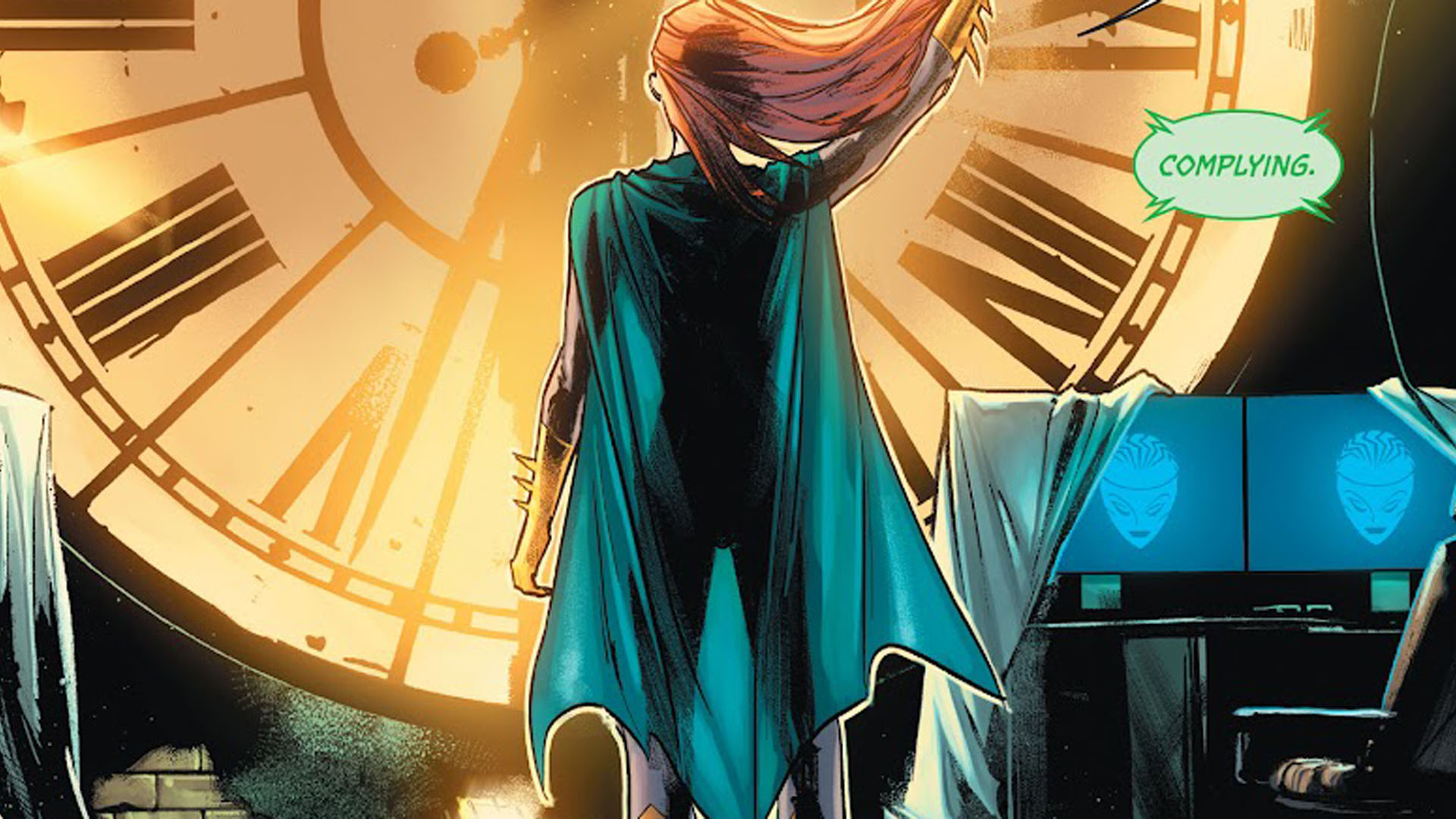
After her twin heroic careers as Batgirl and Oracle, Barbara Gordon is now combining both those roles in the new DC ongoing series Batgirls.
For many fans, however, they have a personal favorite version of Barbara Gordon (or 'Babs' as she's affectionately known) that's either Batgirl or Oracle, but usually not both.
With Barbara Gordon now combining both her roles, Newsarama is looking into the evolution of Babs from Batgirl to Oracle and Batgirl again to see if there's common ground to be found.
To get your bearings, let's revisit how Barbara Gordon began.
Barbara Gordon was introduced as Batgirl in 1967, both on television's campy Batman show and in the comic books, to provide a female counterpart to Batman. She was the teenage daughter of police commissioner Jim Gordon, but she secretly dressed up as Batgirl to patrol Gotham City.
When everything changed for Barbara Gordon
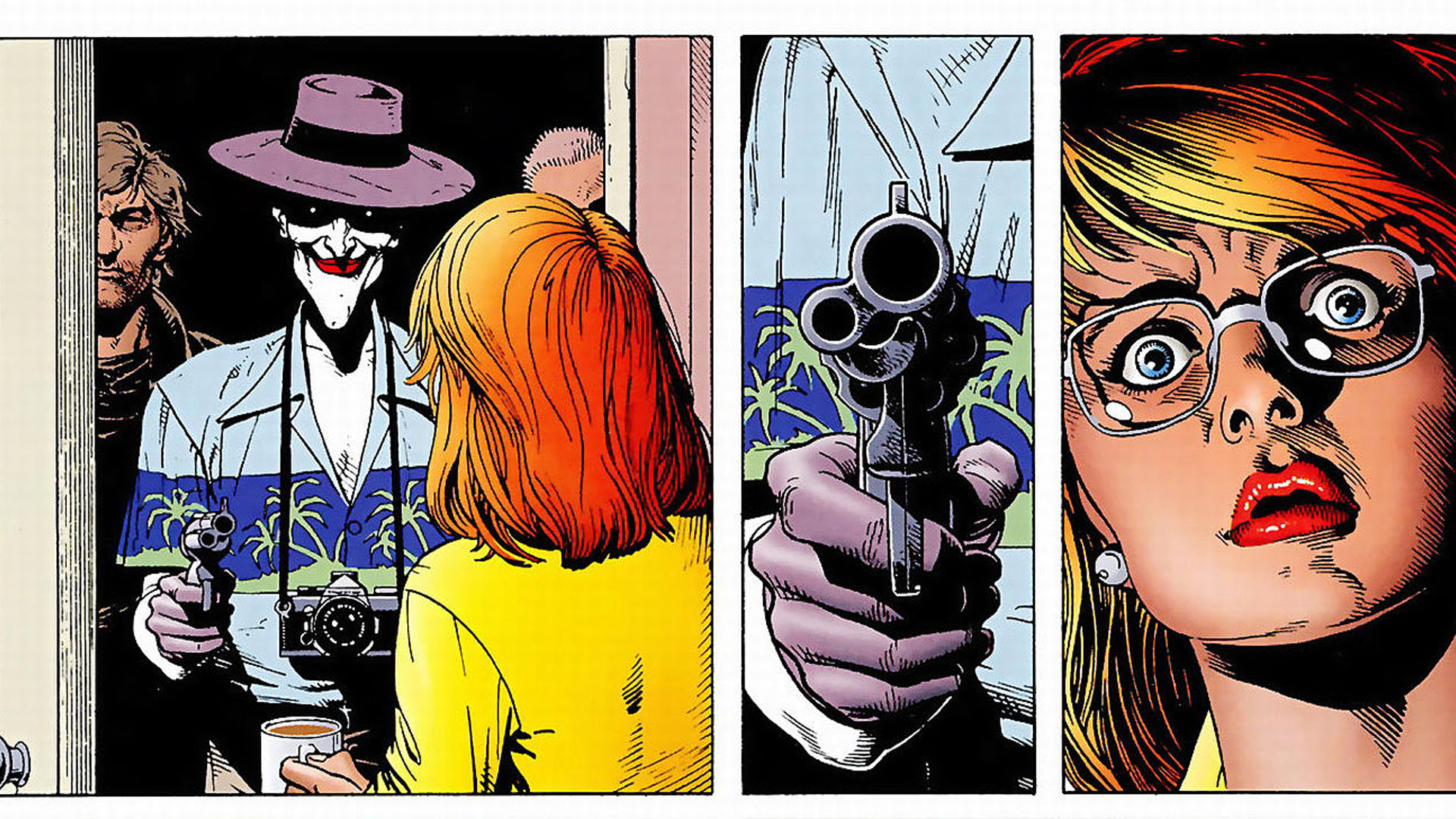
That all changed with the 1988 story by Alan Moore and Brian Bolland, Batman: The Killing Joke. After Barbara Gordon had become an adult and retired from crimefighting, Moore's story showed her being shot by the Joker.
While Batman: The Killing Joke was critically acclaimed, it was controversial - particularly among female readers - because it victimized a female character in order to forward the story of male heroes. That controversy moved two writers to transform her into the hero known as Oracle.
Comic deals, prizes and latest news
Get the best comic news, insights, opinions, analysis and more!
"My late wife, Kimberly Yale, and I were not crazy about how Barbara was treated in The Killing Joke," John Ostrander tells Newsarama. "Since the Batman office had no further plans for her at the time, we got permission to use Barbara in Suicide Squad, [another DC title at the time]. We felt that the gunshot as seen in Killing Joke would leave her paralyzed. We felt such an act should have repercussions. So... we took some of her other talents, as with computers, and created what was essentially an Internet superhero - Oracle."
Because Barbara had been established as having a doctorate in library science, Ostrander made her a genius at accessing computer information. She adopted the secret code-name 'Oracle' as she used her intellect to assist heroes throughout the DCU.
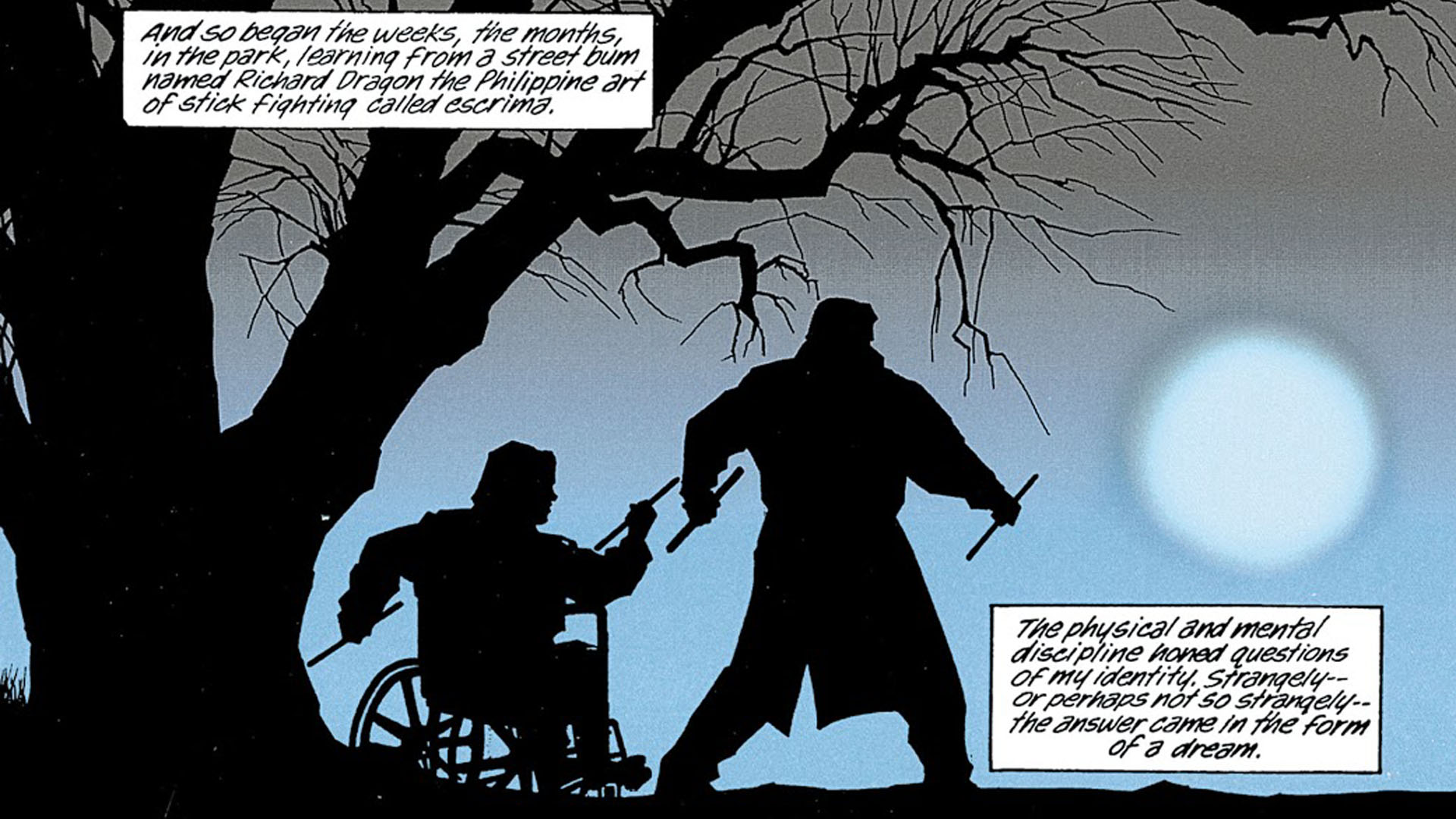
The late Dennis O'Neil, a Batman editor for DC at the time, told Newsarama that Ostrander's respectful treatment of Barbara, allowing her to continue fighting crime despite her disability, made her a beloved character almost immediately among DC fans.
"I think it was a real inspiration on John's part to come up with Oracle, and she became one of my favorite characters in the whole Bat-stable. She was unlike anything else," O'Neil said.
O'Neil eventually made it official in the comics that Oracle was Batman's sole source of information.
"It was logical for her to be there in Batman's world," O'Neil said. "Batman would need someone like that."
The editor said he believes she has endured because with her change to Oracle, she gave the DC Universe a new type of hero.
"We had hoards of people in spandex beating up criminals," he said. "We didn't have anybody like Oracle, who overcame a disability and was just as valuable and just as effective in a way that didn't involve violence."
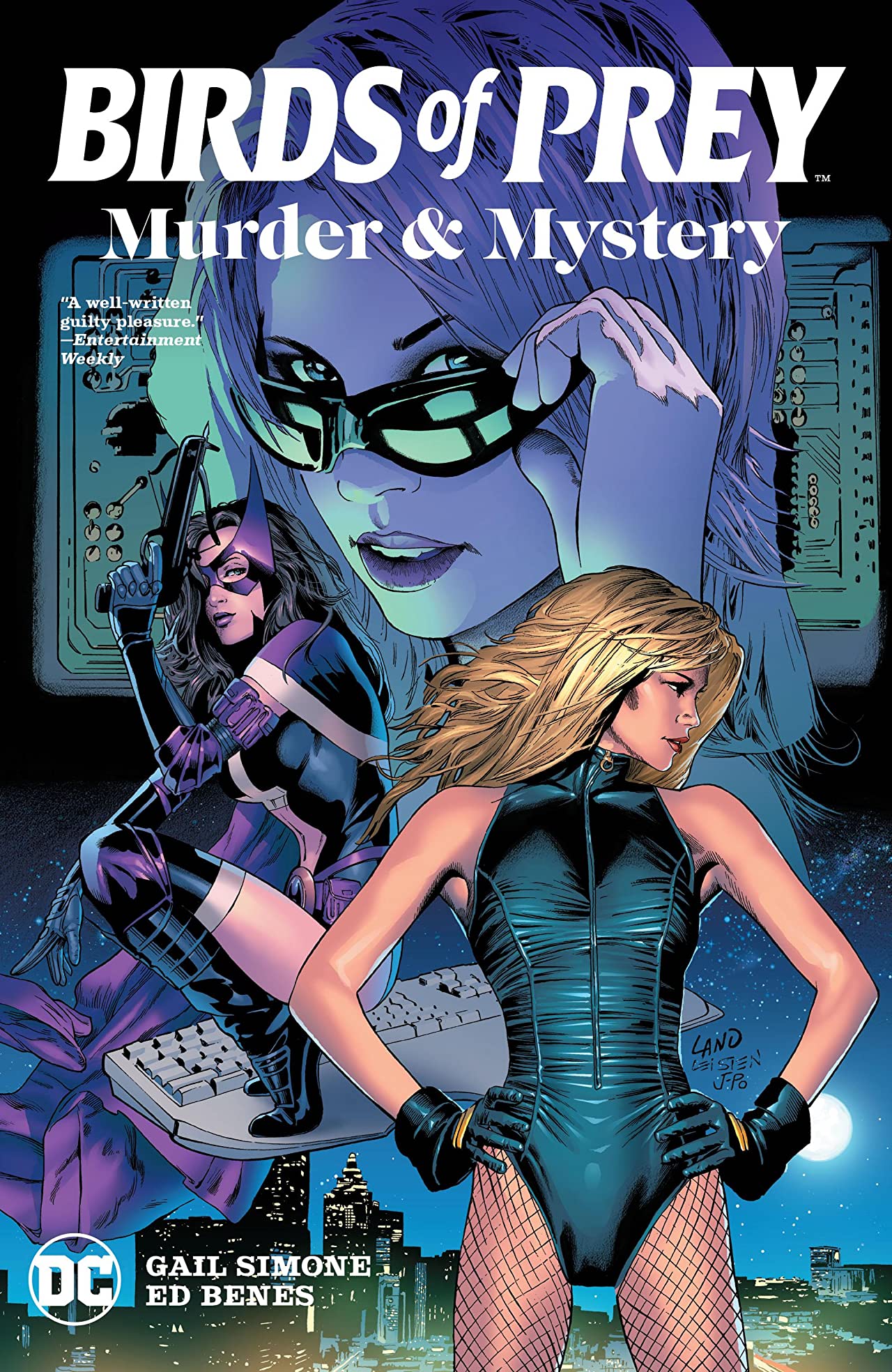
In the following years, Oracle has been depicted in comics and other media as a super-intelligent yet anonymous hero who supplies information and guidance to superheroes, including the Justice League. Oracle also starred in the long-running Birds of Prey comic, where she was the leader of a group of female superheroes.
"When Barbara Gordon became Oracle, she went from a character who was of neutral worth to one utterly priceless to the DCU," says Neil Kapit, who writes about disabled issues and comic books. "From her chair, Barbara has formed connections with the entire DCU, revolutionized the technological infrastructure of crimefighting, and helped found the all-female Birds of Prey."
O'Neil said that he never considered changing Barbara Gordon back to Batgirl, despite there being the technology in comics that could have explained it.
"Giving her her legs back, in addition to being a kind of deus ex machina, would have subtracted from the uniqueness of Oracle," O'Neil said. "And at the same time, I didn't see anything to be gained by bringing back that version of Batgirl. Even in the stories I wrote, Batgirl was usually just a pale carbon copy of Batman and didn't have any of that mythic back-story that gives the whole thing resonance, like Batman's, which has lasted over a half-century."
Barbara Gordon back as Batgirl
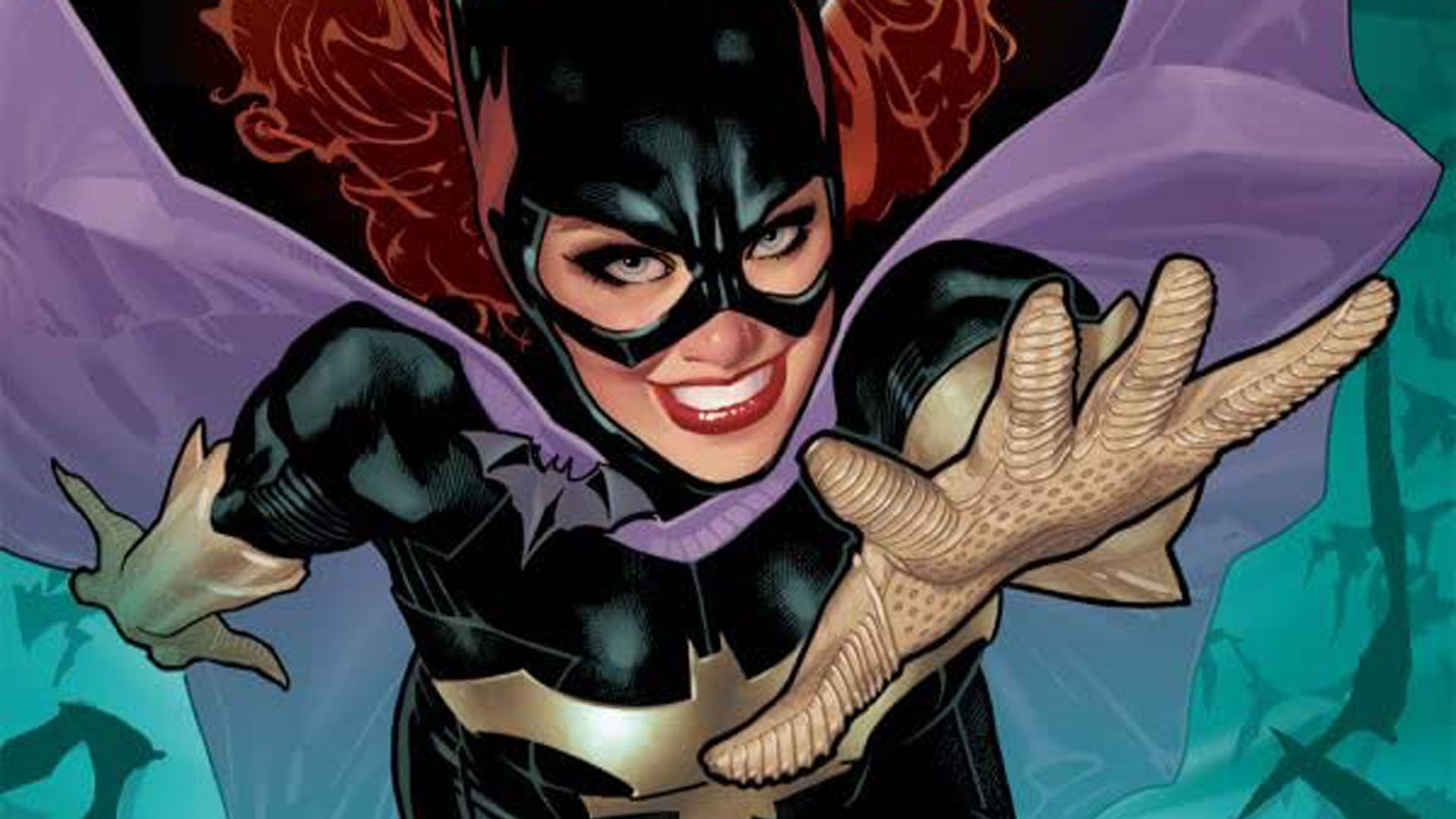
Barbara Gordon's transition back to becoming Batgirl for 2011's 'New 52' reboot was something then-DC executive editor Dan DiDio said was due to Gordon being synonymous with the name Batgirl, even though others had succeeded her.
"When you talk about Batgirl, whether it's with a casual fan or even to somebody who just knew the Batman character, Barbara Gordon is always the one people default to as 'who Batgirl is,'" DiDio said at the time.
O'Neil said he can understand that the codename of 'Batgirl' is most associated with Barbara Gordon.
"You can't ignore things like that," he told Newsarama at the time. "But it comes down to is, are we making this change because we see a brilliant way to reinvent this character? Or is it just that this is the one that we loved in the past? But Barbara Gordon's perception in the mainstream public as Batgirl would be a very valid consideration."
Even Kapit can put aside his role as an advocate of the disabled and see the business side of the decision. "I can understand, but that doesn't mean I agree even slightly," he said.
Since returning to active combat duty however, Gail Simone and subsequent writers have showed that her spinal injury wasn't forgotten - and that she still suffers from the injury, and could find herself back in the chair eventually.
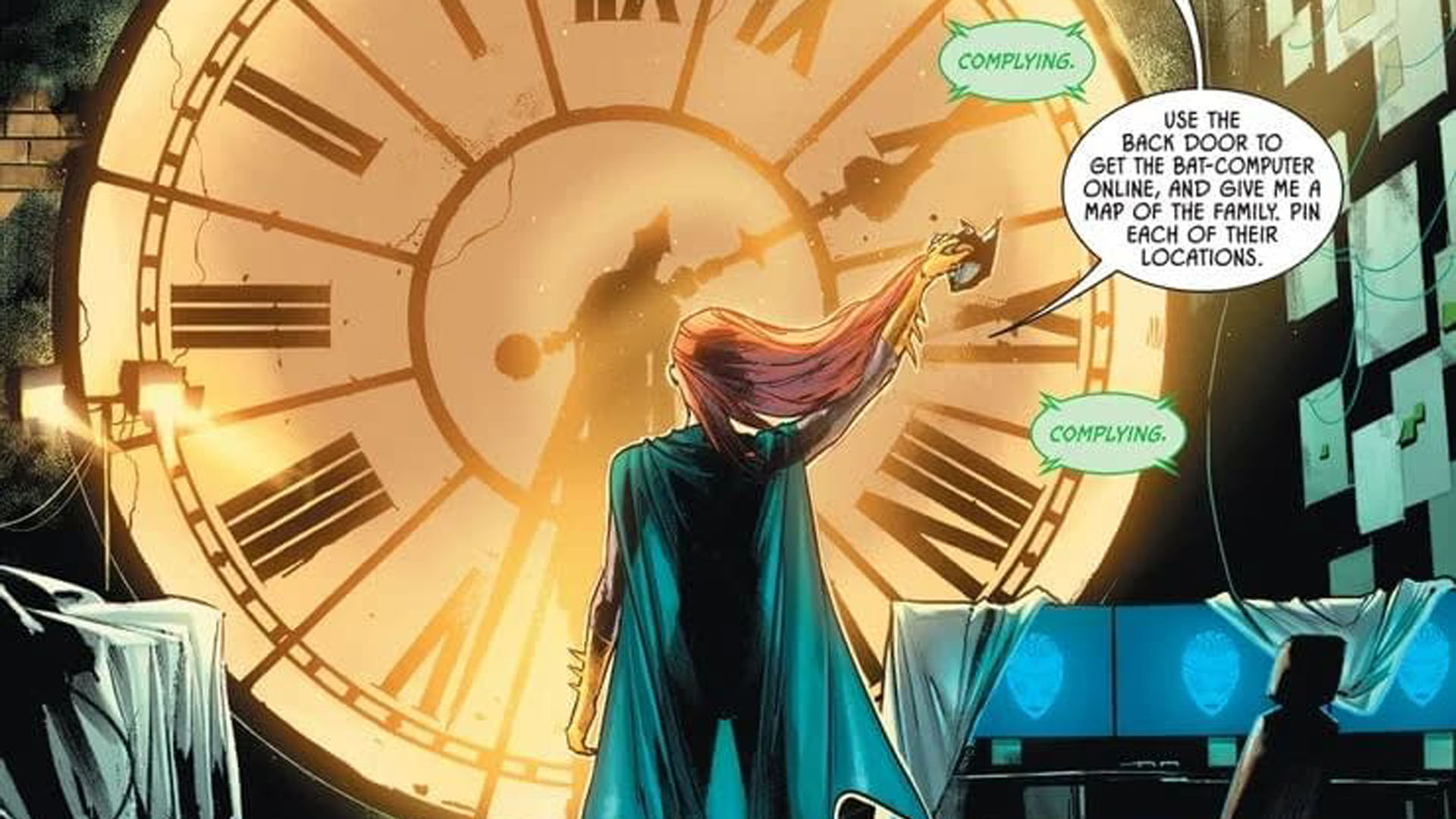
In recent months, Gordon even stepped up more as Oracle (the information gatherer and computer expert) for the Bat-family, rather than another in a line of Bat-heroes who can punch things. In fact, in the new ongoing series Batgirls, Gordon is keeping the name Batgirl but acting more like Oracle, with Cassandra Cain and Stephanie Brown stepping up as the Batgirls of the field.
Kames B. South, former chairman of the Department of Philosophy at Marquette University, agrees that Gordon's evolution as a hero who overcame disability gives her a strength that Batgirl never had.
"[Barbara's evolution] shows her developing her own way of being a superhero," he says. "While she seems to develop her own style of fighting as Batgirl, she's still basically following in Batman's footsteps. Once her life is shattered in The Killing Joke, she has to become, in some ways, a more independent woman who uses her own native skills and intelligence to develop a way of fighting crime that complements Batman's rather than copying his way. In Birds of Prey, we see Barbara Gordon as a team leader and her transformation from a girl into a woman."
Ostrander, who created the Oracle version of Gordon with Kim Yale, prefers his version of the character but sees similarities between the recent changes and what they did when Oracle was first 'born.'
"I've been quoted as saying that I think Barbara was a stronger and more effective character, a more important part of the DCU, as Oracle than she ever was as Batgirl," Ostrander says. "Do I still feel that way? Well, of course. Kim and I created Oracle.
"Times change and characters and people evolve. I changed things when I wrote characters, including changing Barbara to Oracle," he continues. "Others do the same for this era."
Of course, Barbara Gordon is one of our best female superheroes of all time.
Vaneta has been a freelance writer for Newsarama for over 17 years, covering Marvel and DC, and everything in between. She also works in marketing.


